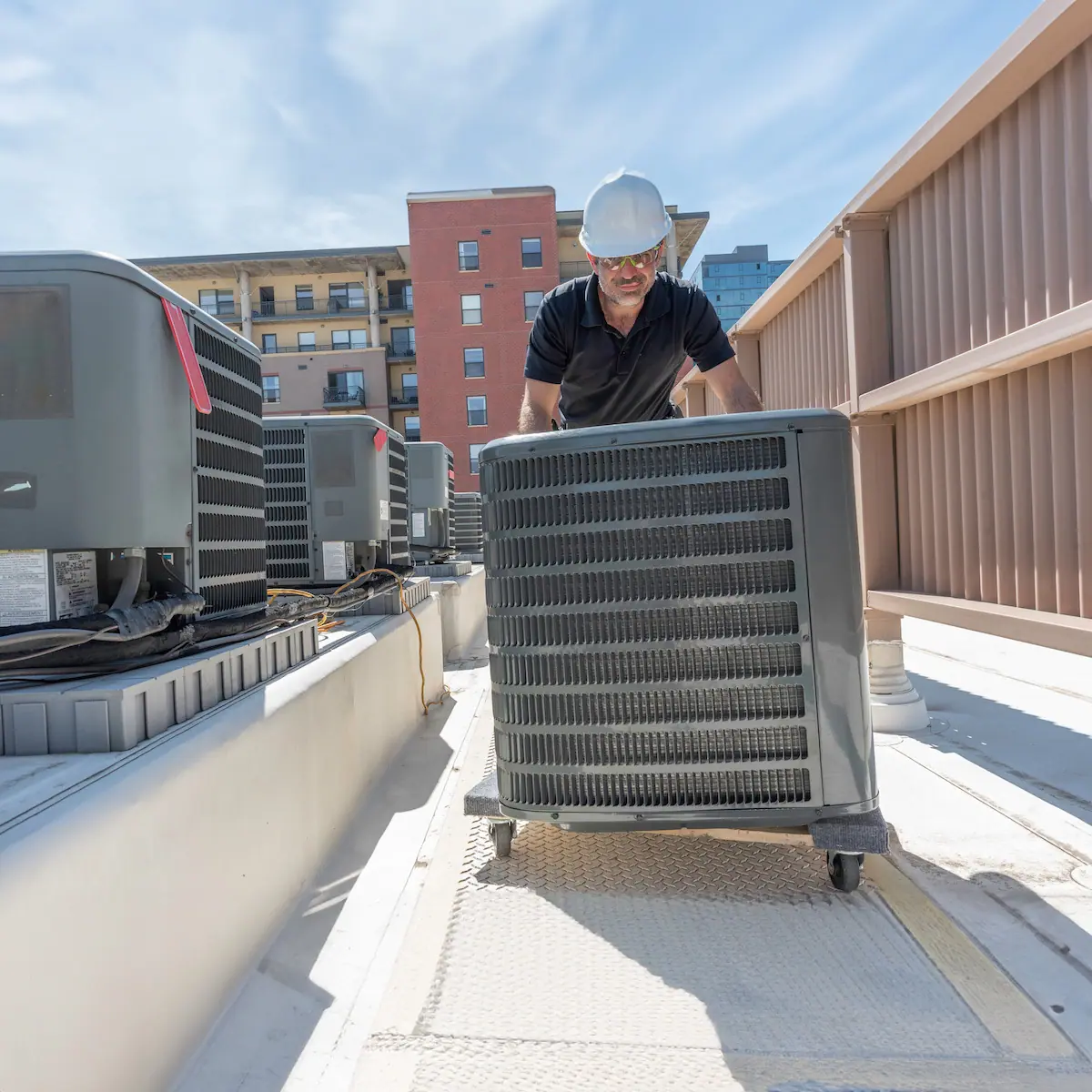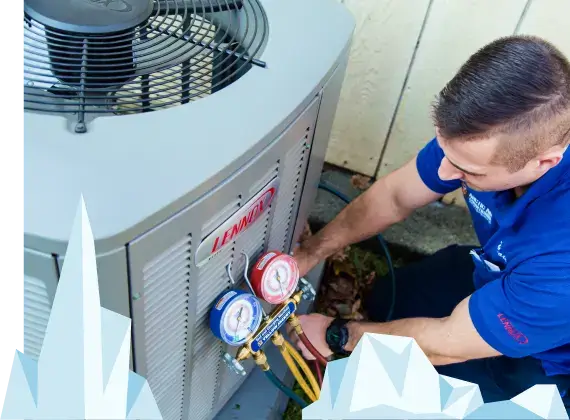The Value of HVAC Installation: Key Considerations for a Comfortable Indoor Setting
The installation of a Cooling and heating system is a critical component in achieving a comfy and energy-efficient interior setting. Factors such as the viability of the system for particular building needs, right sizing to circumvent inefficiencies, and the proficiency of contractors for a high quality installation play crucial functions. The fostering of innovative technologies can dramatically improve system efficiency.
Picking the Right System

When choosing a heating and cooling system, it is vital to review the ability called for to successfully warmth or cool the area without exhausting the system, which can cause raised wear and operational prices. Consulting with an expert HVAC contractor can offer valuable understandings right into picking a system that aligns with both the awaited use and the building style patterns of the building.
In addition, taking into consideration the assimilation of smart innovation can improve system administration and surveillance, offering higher control and potential expense savings. By thoroughly examining these elements, one can guarantee the option of a HVAC system that not only satisfies immediate demands but likewise adds to long-lasting operational sustainability and occupant convenience.
Understanding Energy Effectiveness
Comprehending energy performance is essential when considering a Heating and cooling installation, as it straight affects both the ecological footprint and the operational prices of the system. The performance of an A/c system is usually suggested by ratings such as SEER (Seasonal Power Effectiveness Ratio) for air conditioners or AFUE (Yearly Fuel Application Effectiveness) for heaters.

Buying an energy-efficient HVAC system not only equates to set you back savings yet likewise adds positively to environmental preservation by lowering greenhouse gas emissions. Additionally, several territories offer incentives or refunds for the installment of high-efficiency systems, further enhancing their financial charm.
When reviewing energy effectiveness, take into consideration sophisticated features such as variable rate motors, smart thermostats, and zoning capacities. These advancements enhance the system's capability to adapt to varying need, thereby optimizing energy use. It is vital to speak with a/c experts who can offer understandings right into the ideal options customized to details climate conditions and usage patterns, guaranteeing optimal efficiency and convenience.
Relevance of Correct Sizing

Conversely, a small a/c system will certainly struggle to get to the desired temperature level, specifically throughout severe weather condition conditions. This can result in continuous procedure, resulting in greater power expenses and possible getting too hot of system parts. Furthermore, poor sizing can lead to irregular temperature circulation, creating certain locations of a building to be as well warm or also awesome.
To achieve the right sizing, a complete load calculation is necessary. This entails evaluating different factors such as the structure's square footage, insulation degrees, window types, and local environment problems. By precisely identifying the heating and cooling down demands of an area, a/c professionals can advise systems that guarantee effective operation, lowered energy intake, and enhanced interior convenience.

Making Sure Quality Installment
A smooth HVAC installation is the keystone of a system's long life and efficiency. Making sure quality installation involves precise attention to information, adherence to market criteria, and using skilled experts. The process begins with picking a certified and experienced HVAC professional. This professional should have comprehensive expertise of diverse systems and be adept at assessing the specific needs of the structure.
Correct installation goes beyond mere positioning of equipment. It involves accurate calibration to guarantee ideal air movement, reliable energy usage, and uniform temperature circulation. This consists of exact ductwork setup, ensuring connections are leak-free and safe, which is essential for keeping system efficiency and indoor air quality.
Additionally, the application of innovative analysis devices during installment can find prospective issues early, stopping expensive repair work and expanding the life expectancy of the system. The contractor must also make certain that all parts are suitable which the system abides by regional building regulations and regulations.
Normal Maintenance Practices
As soon as the structure for a high-performing heating and cooling system is established through high quality installation, the emphasis ought to change to important link routine maintenance techniques to guarantee ongoing effectiveness and integrity. Regular upkeep not only prolongs the lifespan of the system however likewise enhances interior air quality, lowers power consumption, and prevents pricey fixings. Essential maintenance jobs include routinely changing air filters, cleansing evaporator and condenser coils, and checking the system for obstructions or leaks.
This easy job can significantly boost air flow and system effectiveness. Additionally, expert technicians must evaluate the system annually, examining for refrigerant degrees, electrical links, and general system performance.
Focus to ductwork is additionally essential; securing review and cleaning up air ducts on a regular basis protects against air loss and contamination. Applying an upkeep routine ensures that small problems are attended to before they escalate, protecting the system's operational honesty. By sticking to these upkeep methods, house owners can optimize their a/c system's functionality and maintain a comfy indoor atmosphere year-round.
Conclusion
By choosing an ideal system tailored to specific structure demands, understanding energy efficiency, and guaranteeing right sizing, inefficiencies can be lessened. The involvement of skilled service providers warranties quality installation, while the assimilation of advanced technologies improves system performance and monitoring.
A number of kinds of HVAC systems are readily available, including split systems, crossbreed systems, duct-free systems, and packaged home heating and air systems, each with distinct advantages and constraints.
Comprehending energy effectiveness is essential when thinking about a HVAC setup, as it directly influences both the environmental impact and the functional expenses of the system. The effectiveness of an A/c system is normally suggested by rankings such as SEER (Seasonal Energy Efficiency Ratio) for air conditioners or AFUE (Yearly Fuel Use Effectiveness) for heating systems (air conditioning installation Brownwood TX).When the structure for a high-performing HVAC system is developed via high quality installation, the emphasis should shift to normal upkeep techniques to ensure continued efficiency and dependability. Additionally, specialist specialists ought to evaluate the system yearly, inspecting for refrigerant levels, electric links, and general system efficiency